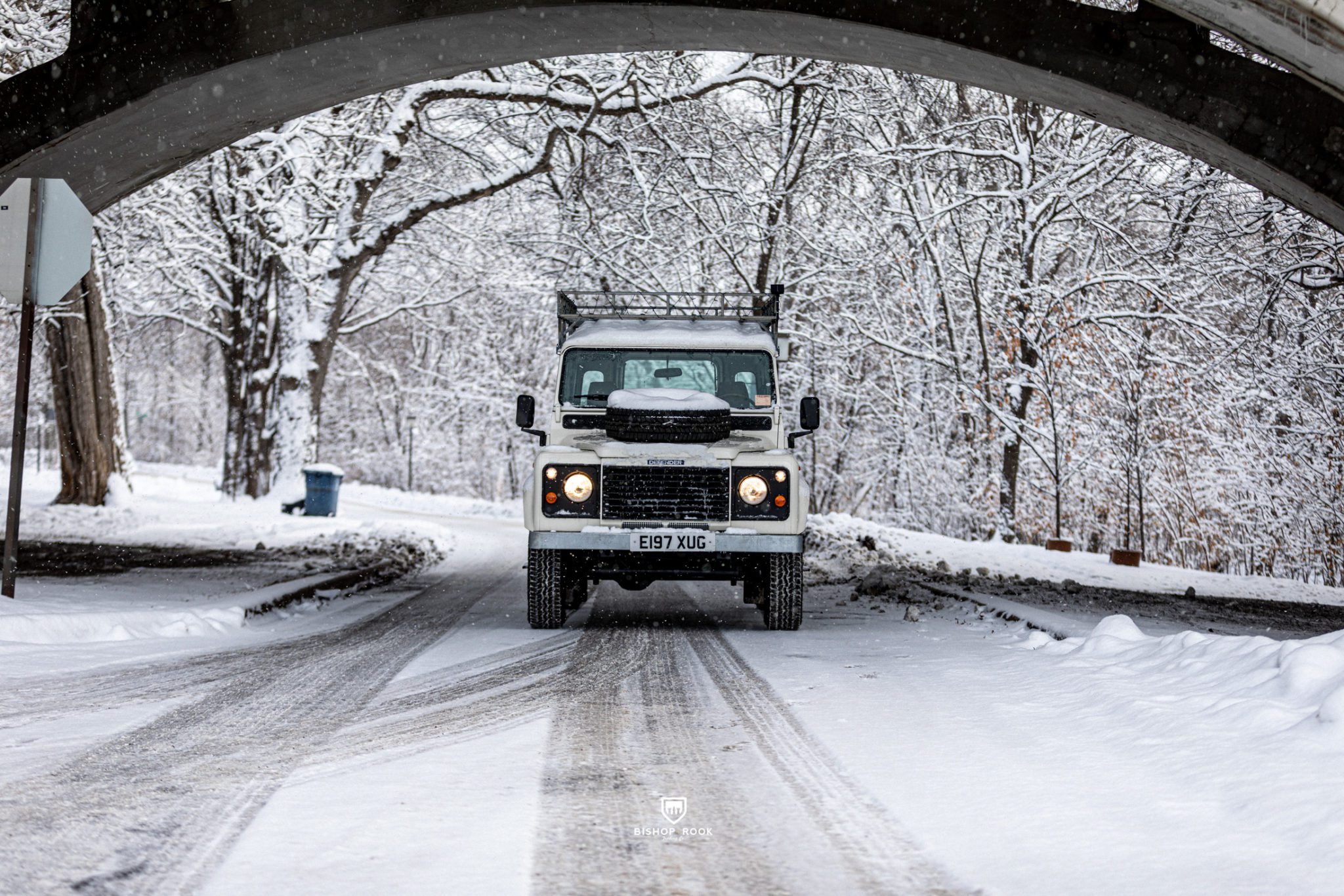The Land Rover Defender is a classic off–road vehicle that has been beloved by enthusiasts for decades. It has a rugged, iconic design and the ability to tackle even the toughest terrain. But if you’re looking to restore a Land Rover Defender to its former glory, it’s important to have a quality control process in place to ensure that the restoration is done correctly and to the highest standard.
Options for Building a Classic Land Rover Defender
When it comes to restoring or building a classic Land Rover Defender, there are many different companies that specialize in this type of work. From the full restoration of existing Defenders to complete custom builds, you have a lot of options.
Having an in-house, fully functioning, and staffed restoration workshop is extremely important to any complete build – as it provides the opportunity to correct any flaws that have been present in the build. With many Defender “dealers” and “sellers” building their projects at off-site locations under contract with third-party vendors, these systems are often not in place. There is a significant risk of missing critical quality control inspection steps – as there is little accountability in this type of restoration business model.
At Bishop+Rook, we have a robust quality control process across all of our global locations to ensure our Defenders are some of the best in the industry. Being a specialty workshop focused on restoring only Land Rovers ensures that all parts and pieces are perfectly adjusted, and all issues are resolved before the new owners take their project home.
Without this direct access to this expertise, any flaws or issues that arise with the build will remain hidden or unresolved, and the Defender will not be able to reach its full potential. We have heard far too many disappointing stories of people buying Defenders from overseas sellers where expectations were not in line with the final delivery.
The Bishop+Rook Quality Assurance
Having a quality control process in place is essential when restoring a classic Land Rover Defender. Our quality control helps to ensure that the restoration process is done correctly and that the vehicle will be safe to drive and reliable. A quality control process should include a thorough inspection of the vehicle’s body and frame, as well as an evaluation of the engine and other mechanical components.
It’s also important to have a team of experienced mechanics and technicians who have the knowledge and skill to properly restore the vehicle – in addition to high ethical standards. We often see previous owners or other workshops cutting corners, using sub-standard parts, or taking questionable approaches toward restoration.
While we are experts in building and restoring vintage Land Rovers – mistakes can be made, parts can fail, and adjustments will need to be made through the entire build process. We firmly believe in checking our work.
It’s essential to use quality parts and materials when restoring a Land Rover Defender, as this can help to ensure that the vehicle is reliable and safe to drive. New parts can fail – even OEM and Offical Land Rover parts. Seals can leak if not properly installed and/or checked once the initial test miles are completed.
The Post-Restoration Quality Check
When inspecting a newly completed vintage Land Rover Defender build for safety and quality control, it is important to test all the critical components of the project – suspension, brakes, electrical, and mechanical. The vehicle is thoroughly inspected inside and out, including the undercarriage, brakes, suspension, and steering. Once the inspection is complete, the engine is cycled through a series of starts/stops, including a break-in period where we put the engine through a series of heat cycles and adjustments.
Additionally, we do an extensive test of the electrical components, with lights, switches, and accessories inspected for proper operation. Upon inspection completion, any deficiencies should be addressed before the vehicle is considered roadworthy for the initial test miles.
Test Miles and Shakedown Drives
We use a standard of 300 miles of testing post-restoration for all Defender restoration projects. Putting 300 test miles on a new Defender restoration is a great way to ensure that all the hard work put into it is paying off. It‘s essential to test the vehicle at various speeds and driving conditions to identify any issues that may need to be addressed. During the testing process, the brakes, transmission, and engine should all be checked for proper performance. After the 300 miles have been completed and any potential issues have been addressed, the Defender is ready to hit the road and take the owner to their next great adventure.
Adjustments and Tweaks
Making adjustments and tweaks to a newly completed Land Rover Defender restoration is an important part of the build process before signing off and sending it to the customer. This includes making sure all the parts are functioning as they should, ensuring all the safety features are up to standard, ensuring the paint job is flawless, and that all the mechanical systems are running smoothly.
Additionally, the customer is consulted on any changes that might need to be made to the build, interior components, stereo system, accessories, or mechanical tuning. All of these adjustments and tweaks are considered before the project is signed off and sent to the new caretakers, ensuring our customer is happy with the restoration and that the vehicle is in the best possible condition for them to enjoy.











